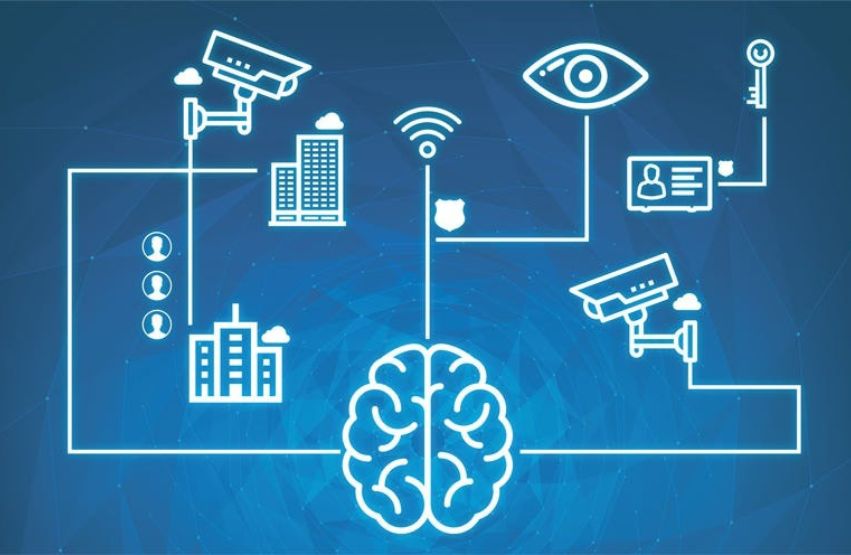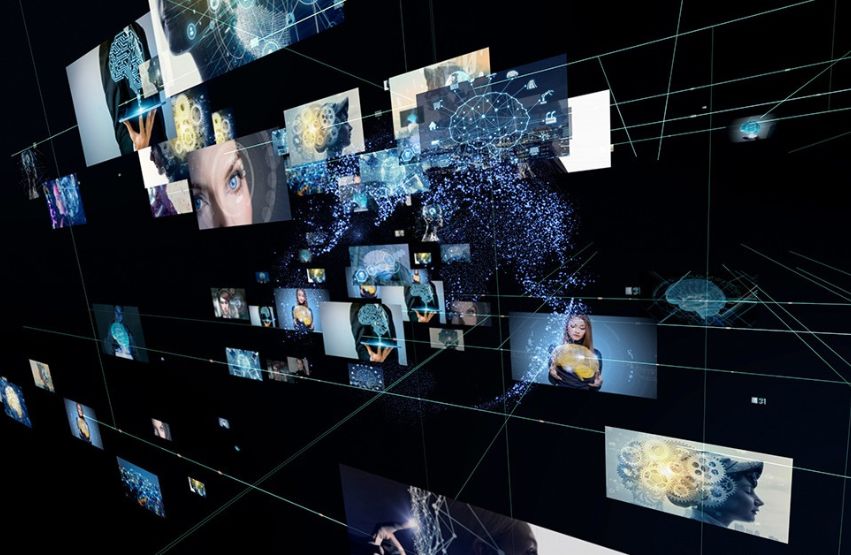Connecting Data with AI to Detect Crime
A Modern Approach to Public Safety
As the world increasingly becomes digital and the amount of data produced rises to higher levels, the use of this information in crime detection becomes easier. The problem does not reside in the availability of data but in how all these data can be linked and utilized to improve society’s safety. This is where Arti?cial Intelligence (AI) comes into play, changing how crime is detected and prevented.
With the rising power and rapidly improving capabilities of AI systems, especially in imitating certain human behaviors, people started questioning whether it would be our replacement, but didn’t people think that as well when the calculator was invented? Were mathematicians replaced by calculators or did calculators improve how mathematicians do their research?
AI will impact our lives in ways we might not even imagine, but let’s talk about how AI currently could improve our efficiency and productivity, revolutionize healthcare and wellness, and contribute to making the world a safer place.
Overview of Crime Detection Challenges

Crime prevention and detection is a challenging process as it is determined by various factors such as social relations, physical characteristics of the environment, and economic disparities between societies and communities. Conventional approaches involve operations that are only carried out after the crimes have been committed. This approach can take a longer time and prove to be costly at times hence may result in early intervention being missed.
AI in the Detection of Crime

AI brings a revolutionary concept in the way criminal activities can be forecasted and prevented from occurring in the ?rst place due to the large amounts of data that can be analyzed. Here’s how:
1. Real-Time Data Analysis
AI systems can process data from different sources like surveillance cameras, social media, public records, etc -all in real-time This helps in the detection of any suspicious activities that might be associated with criminal activities. For instance, AI algorithms can identify strange or suspicious movements or activities in secured areas based on surveillance cameras, and this warrants investigation by the police.
2. Predictive Policing
Predictive policing is a concept that relies on crime history and AI to determine where crimes are most probable to happen. In other words, through the examination of patterns including time, location, and crime types, AI is capable of assisting in the ef?cient distribution of resources and the prediction of future crime ‘hot spots.’ This way, law enforcement can ef?ciently concentrate on the risky areas, which in turn contributes to general ef?ciency and security.
3. Pattern Recognition
AI is also good at identifying multiple factors in data that may not be easily discernible by human analysts. For instance, AI can establish patterns of various kinds of crimes and come up with relationships between property crimes and drug-related crimes. This may increase the extent of investigations and reveal new associations that have not been previously seen.
4. Enhanced Surveillance
Sophisticated intelligent surveillance systems are capable of performing facial recognition and license plate recognition which helps in tracking the wanted individuals. Such systems can instantly compare faces or vehicles against a database of criminals or stolen items, which helps improve the ef?ciency of police activities.
Long-term Effects of AI in Identi?cation of Crime
In the long term, the integration of AI into crime detection strategies promises several bene?ts:
? Increased Ef?ciency: By automating data analysis and pattern recognition, AI can signi?cantly reduce the time and effort required for investigations.
? Improved Accuracy: AI system scan minimize human error and bias, providing more accurate and objective assessments of data.
? Resource Optimization: Predictive analytics allows for better allocation of resources, ensuring that law enforcement efforts are directed where they are most needed.
Potential Benefits and Challenges
There are signi?cant advantages of using AI in the detection of crimes such as increased security, decreased incidences of crime, and optimal utilization of resources. But issues like data privacy, issues with algorithms, and the high risk of cyber threats are still present. Transparency and accountability are two important factors that should be put into consideration to help the public embrace AI systems as well as to enable the technology to realize its potential.
AI is changing the approach to crime detection and utilizing new opportunities for analyzing data. Thus, by adopting these advances we can increase individual safety, reduce criminal activities, and create better-protected societies. With the power of AI on the rise, crime detection of the future is now.
This article was written by the AGT team…
Some of the resources we used:
https: //www.police1.com/tech-pulse/an-introduction-to-how-ai-i s-transforming-real-time-crime-centers
https: //emerj.com/ai-sector-overviews/ai-crime-prevention-5-cu rrent-applications/
https: //indiaai.gov.in/article/predictive-policing-and-crime-prev ention-the-role-of-ai
https: //www.forbes.com/sites/forbestechcouncil/2024 /03/20/mo bility-and-arti?cial-intelligence-for-public-safety/



